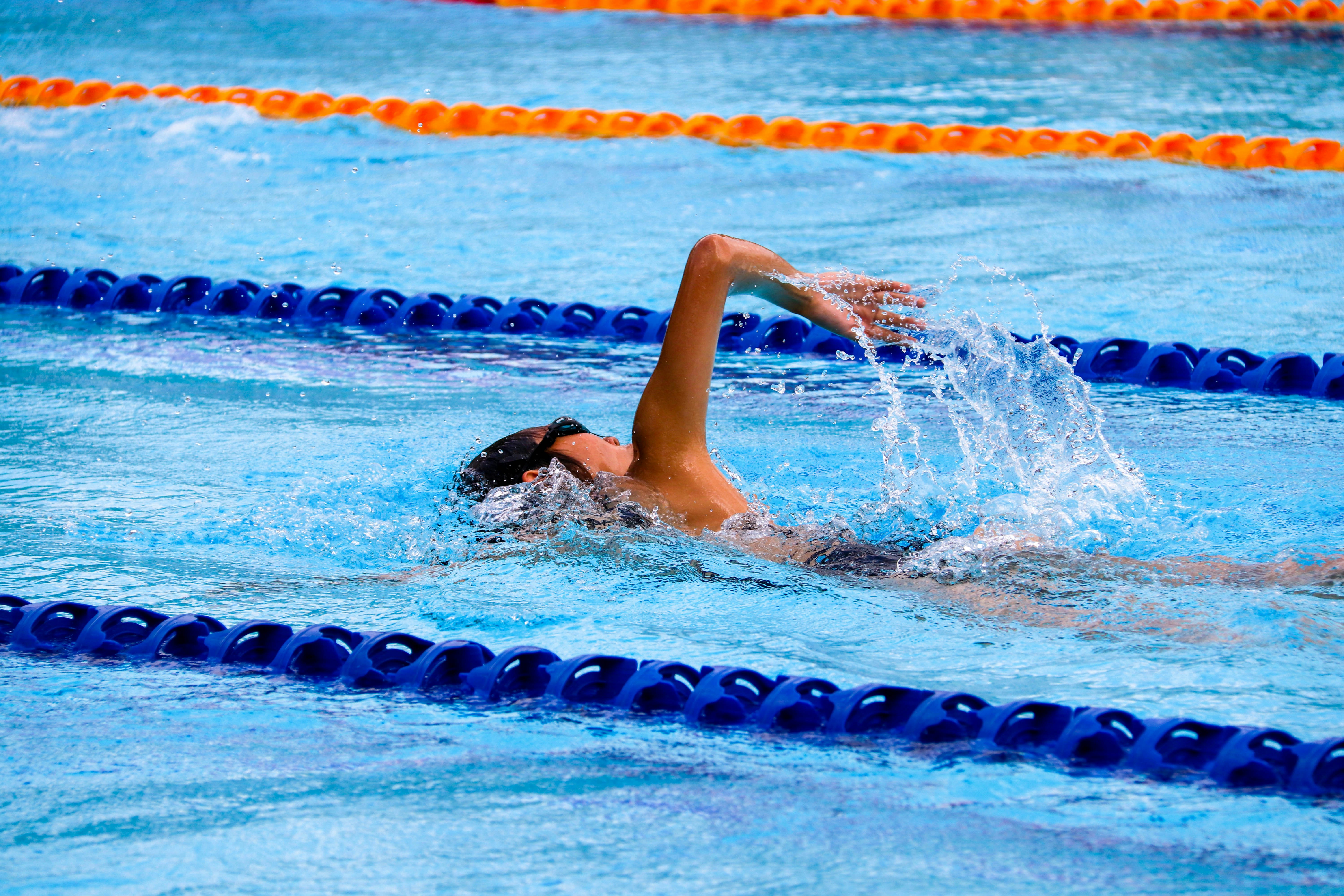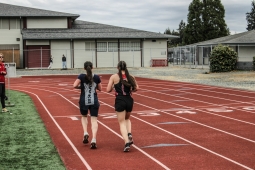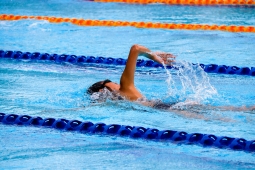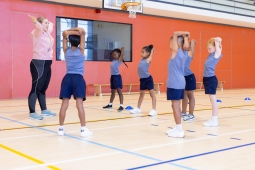Swim X: Bridging the Water Safety Gap for Newcomer Youth in Canada

Swim X is a youth-led swim program developed to address a critical gap in water safety education among newcomer children in Canada. While 80% of Canadian-born individuals report some swimming ability, only 50% of recent immigrants share this skill. Through partnerships with local settlement agencies and evidence-based swim instruction, Swim X empowers newcomer youth with lifesaving swimming skills—enhancing confidence, community integration, and long-term safety.
Introducing Swim X
In Canada, swimming is more than recreation—it is a survival skill. With thousands of lakes, rivers, and extensive coastal waters, knowing how to swim is essential for safety. National estimates indicate that around 90% of Canadian-born individuals have basic swimming skills. In contrast, only 50% of recent immigrants report the same (Ipsos, 2010; Lifesaving Society, 2024a).
This disparity—where 9 in 10 Canadian-born children can swim, compared to only one half of newcomers—is what inspired the creation of Swim X, a free swim education program designed specifically for immigrant and refugee youth.
A Social and Safety Issue
The gap in swimming ability among newcomers is more than a statistic—it is a serious safety concern. Many newcomer families may have had limited or no access to pools, formal swim lessons, or safe aquatic environments prior to arriving in Canada (IPSOS, 2010). After arrival, barriers such as cost, language, and cultural differences often continue to limit access.
The consequences are significant. According to the Lifesaving Society, immigrants and ethnic minorities are overrepresented in Canada’s research on high-risk groups. Swim X addresses these inequities early on—not only to improve physical literacy, but also to build self-confidence, support integration, and foster participation in community life.
Teaching Swimming Through Equity and Inclusion
Swim X was founded in 2024 by Xander Christian, a motivated high school student and certified swimming instructor in Halifax, Nova Scotia. With support from caseworkers at the Immigrant Services Association of Nova Scotia (ISANS) and local pool staff, Xander launched the program in January 2025.
ISANS played a key role in connecting newcomer families with the program, while Gordon Stirrett Wealth Management provided grant funding to ensure participants had access to proper swimwear and gear. The pilot cohort included 10 newcomer children. Though small in number, the impact was significant.
The lessons loosely followed the National Lifesaving Society swim curriculum (Lifesaving Society, 2024b) and incorporated English as an Additional Language (EAL) strategies to overcome language barriers. Each child entered the program with varying skill levels: some had never been in a pool before, while others had some comfort in the water but lacked technical knowledge.
By the end of the 6-week program:
-
All non-swimmers learned to float, recover sunk objects, and swim short distances.
-
More experienced swimmers improved their technique, endurance, and confidence.
-
Pre- and post-program surveys showed a clear increase in water comfort and safety knowledge.
While the initial class size was modest, the ripple effect was exponential. Swim X continues to offer sessions in Halifax and is working to expand its reach. Participants—and their families—have become informal ambassadors for water safety in their homes and communities, helping to foster a culture of confidence and inclusion.
Tangible Takeaways for Educators
For physical and health educators looking to implement similar initiatives in their schools or communities, here are five key strategies from the Swim X experience:
-
Partner with Local Settlement Services: Connect with organizations like ISANS or YMCA newcomer programs to reach families who could benefit from swim instruction.
-
Use Culturally Responsive Teaching: Offer modesty-appropriate swimwear options, gender-specific classes (if requested), and multilingual signage or instruction to ensure all participants feel welcome.
-
Integrate EAL into Swim Instruction: Reinforce learning with simple English words and actions (e.g., “float,” “kick,” “breathe”) that support both language acquisition and movement skills.
-
Track and Measure Impact: Use pre- and post-program surveys to assess confidence, skills, and growth. This data can be used to demonstrate impact and secure further funding.
-
Leverage Peer Influence: When one child learns to swim, it often inspires siblings, cousins, and friends to do the same creating a powerful ripple effect.
Looking Ahead
Swim X is preparing to expand to other provinces, with a vision of building a network of young instructors and community leaders who are passionate about closing Canada’s swim equity gap. The team is developing open-source resources to help instructors deliver culturally responsive, safe, and effective programming.
Our long-term goal is simple: no child in Canada should be unsafe around water due to where they were born.
Get Involved
-
How can your school or community become more water-inclusive? Whether you are an educator, coach, or community leader, consider how your programs can create safe, welcoming spaces for newcomer youth to learn life-saving water skills.
-
Interested in starting a Swim X chapter or learning more? Follow Swim X on Instagram @swim___x or send us an email at [email protected] - we would be happy to help you get started.








